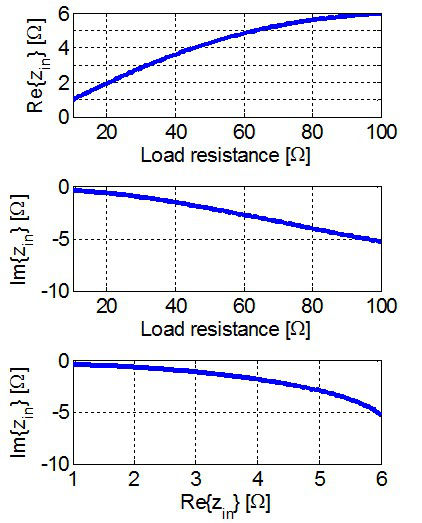LIBRARY
Discussion on the Compression of the Resistance Range in Two-port Networks

Thus, this work examines the existence and practicality of the resistance compression networks for resonant power conversion. The investigation has been carried out generalizing a compression network as the Linear, Time-Invariant, lossless two-port network (Fig. 1). ABCD parameters have been used in the analysis. After some mathematical derivations, it was found that such a range in a compression circuit cannot be synthetized. Fig. 2 summarizes the issue. Although the compression can be achieved when looking at the real part of the input impedance (range [10 ω, 100 ω] compressed to [1 ω, 6 ω]), it is not possible to keep the imaginary part of the impedance small. The solution has to be found as a time-variant circuit and one such practical topology will be presented in the full paper, namely a resistive point-compressor, where a range of resistance is compressed to a single point only.






















































































